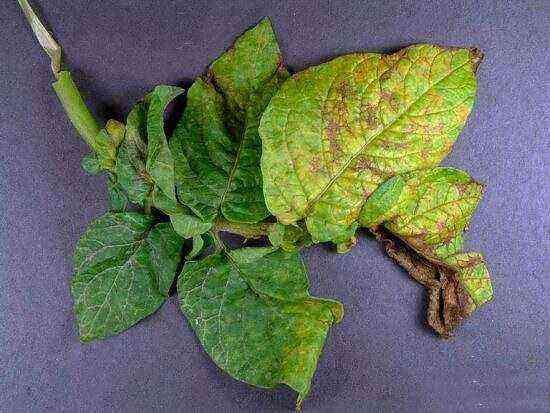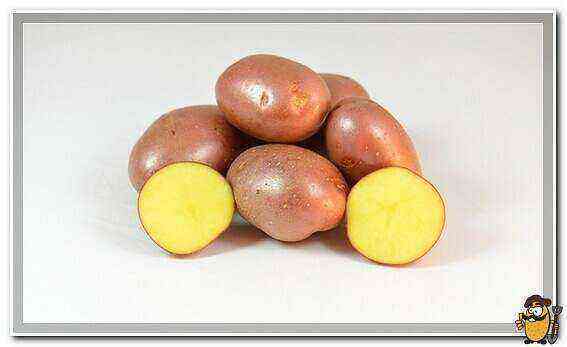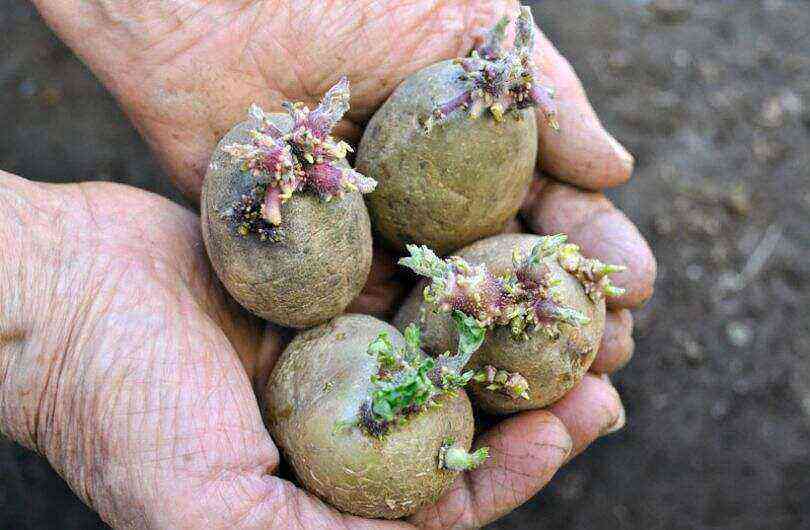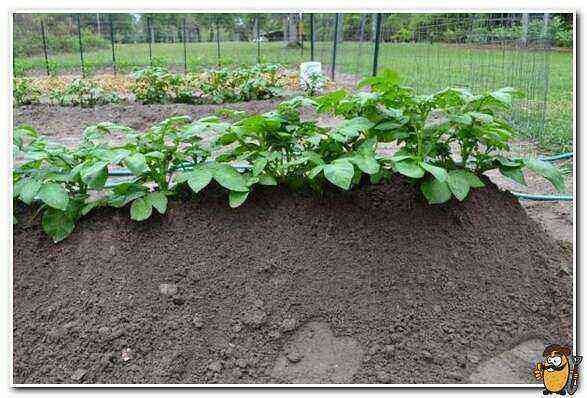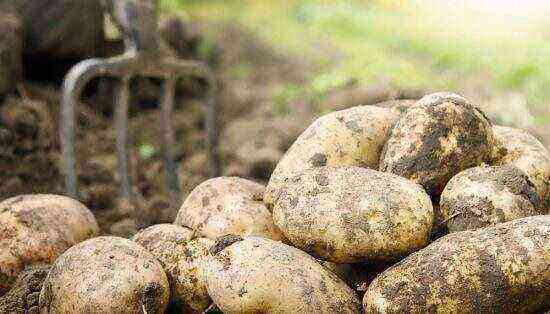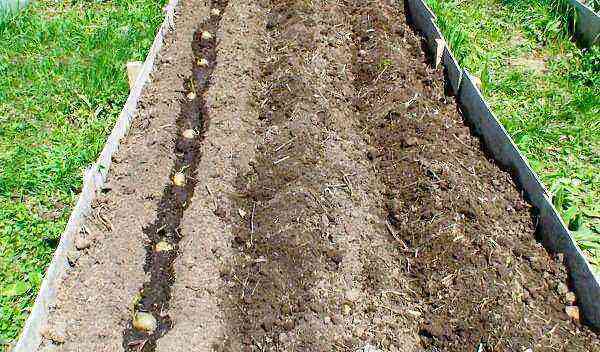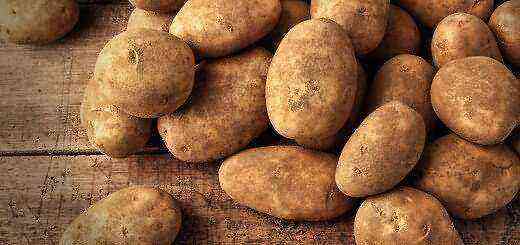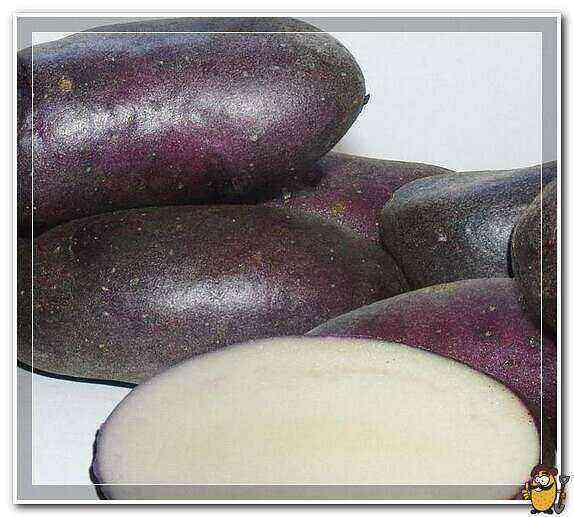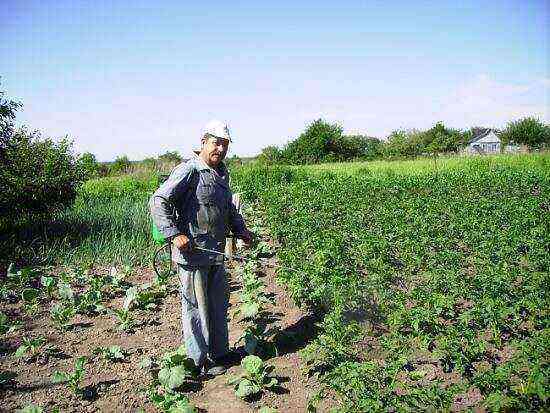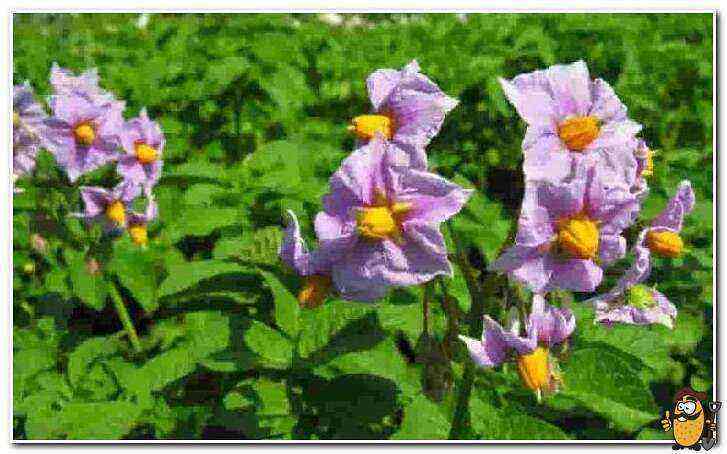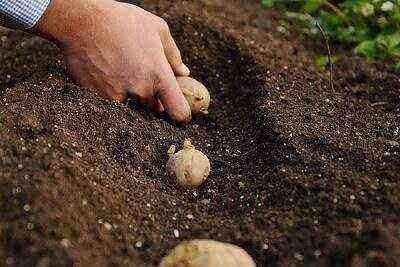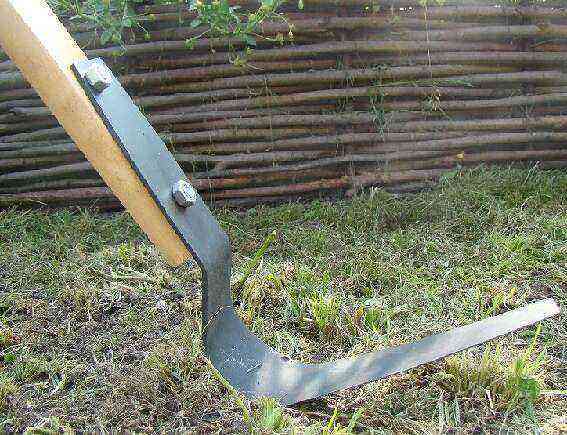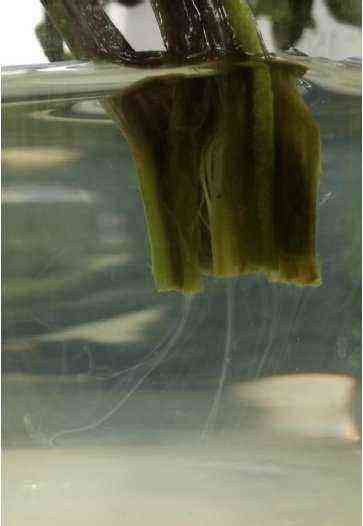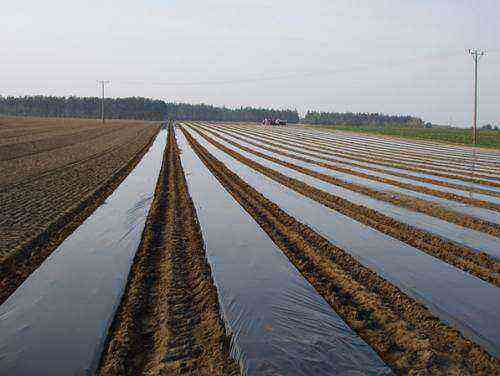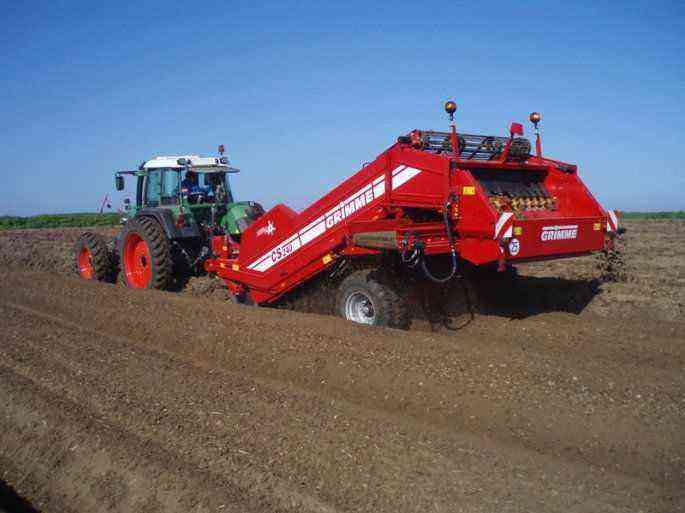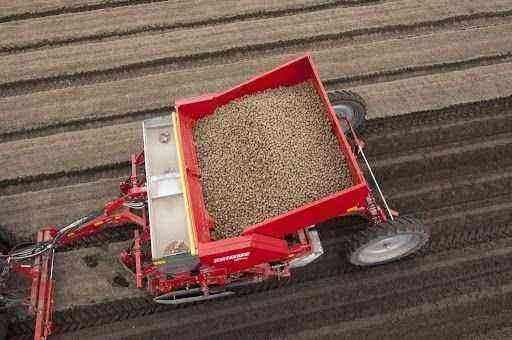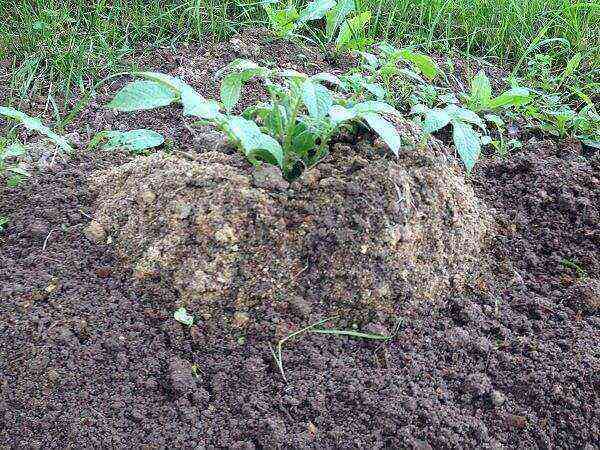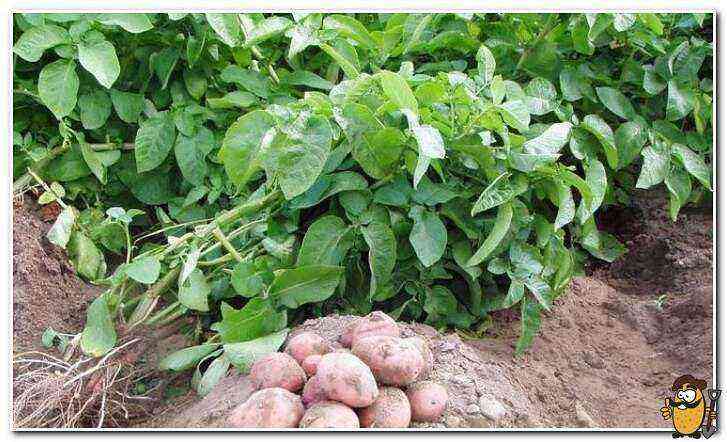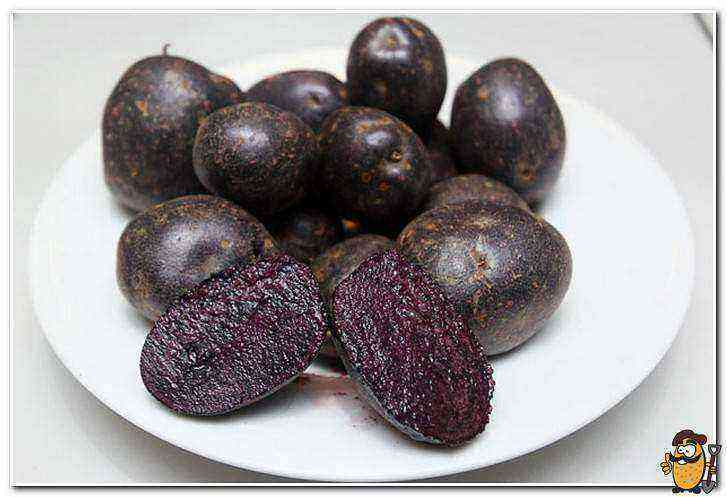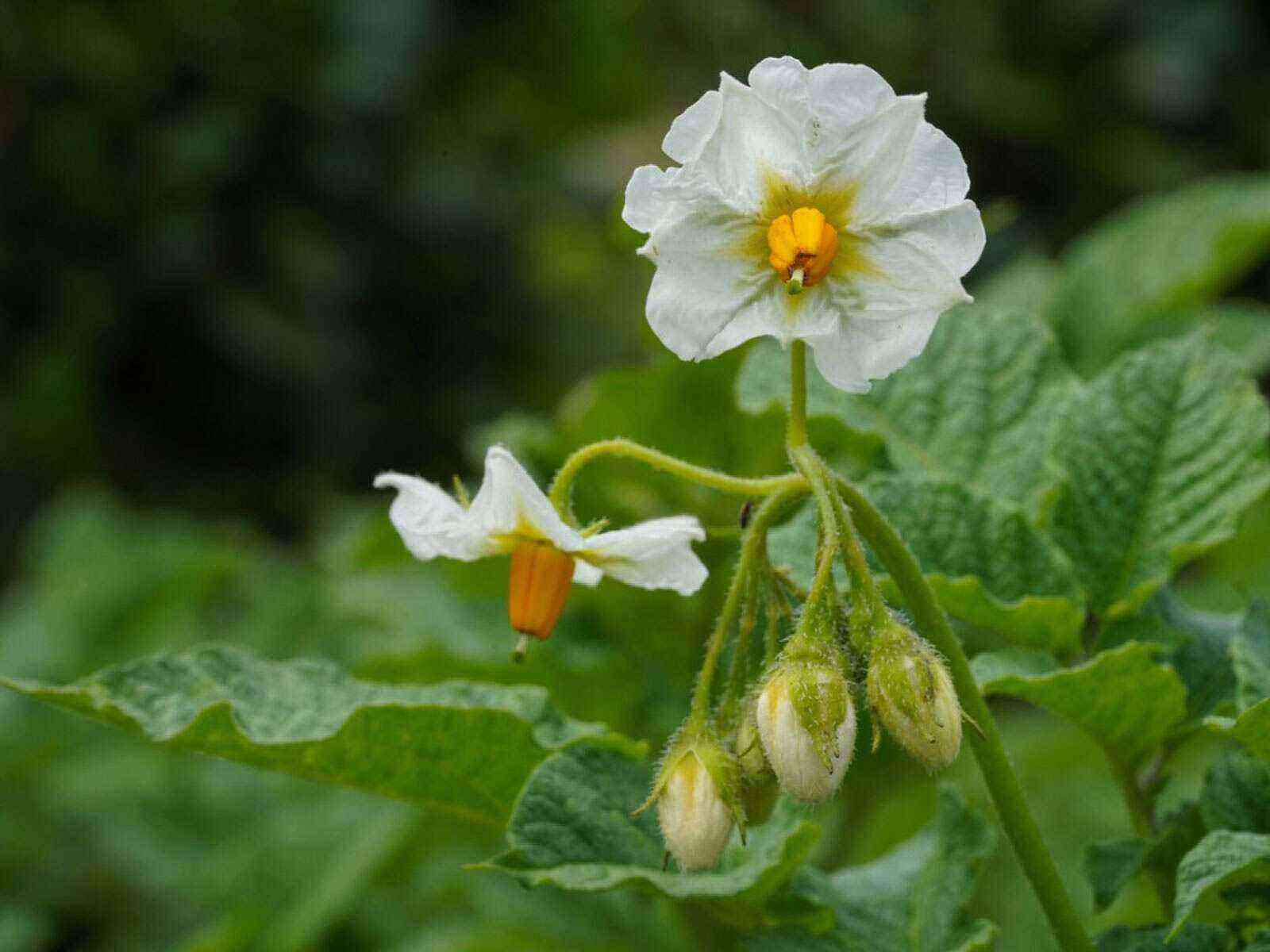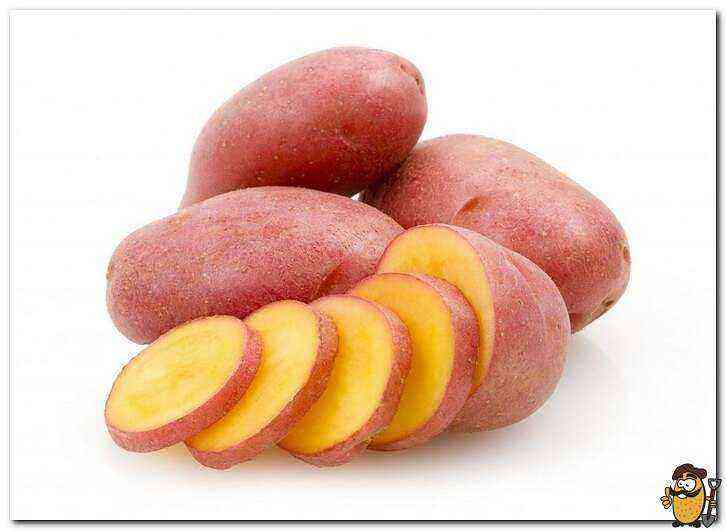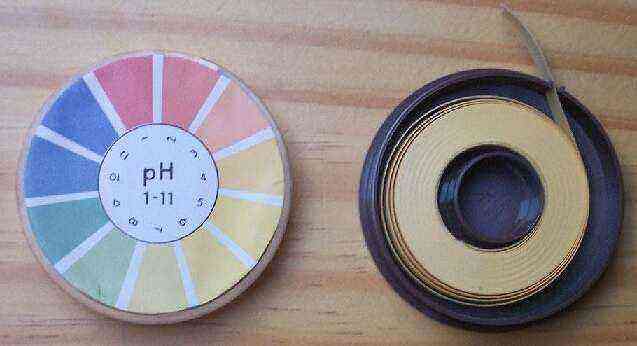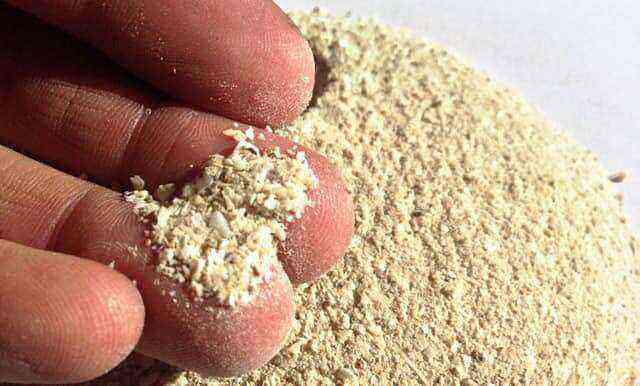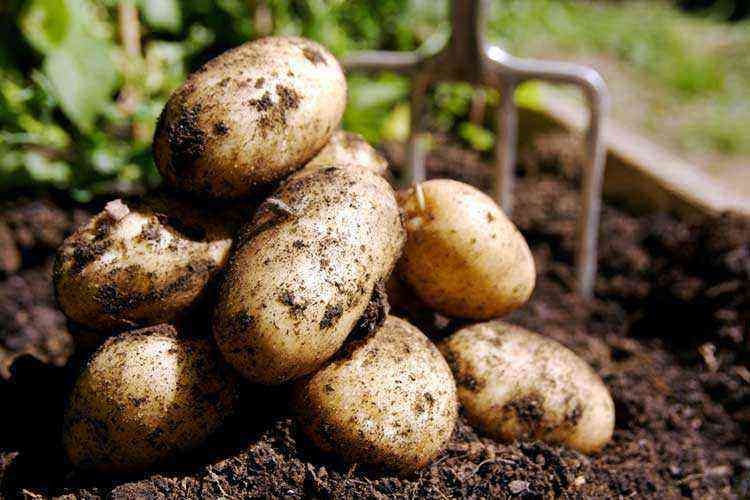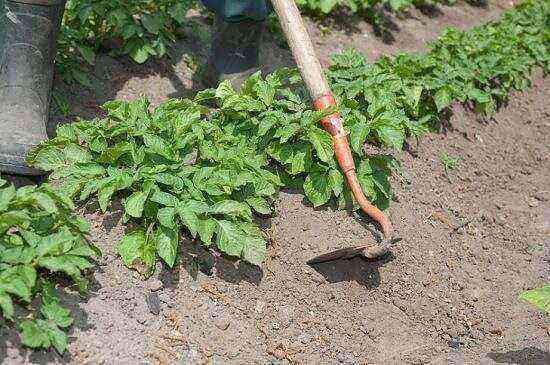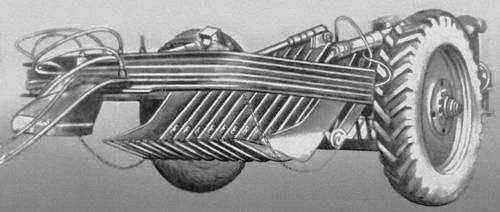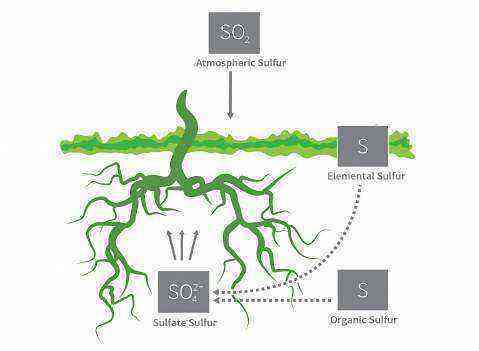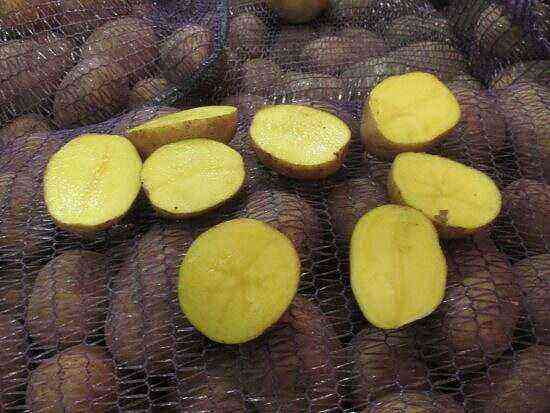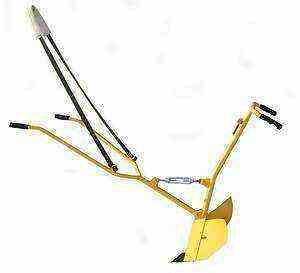Fusarium potato is a common cause of declining yields in a popular crop. The Fusarium fungus is dangerous because it is well preserved in the soil, and at the same time moves to a storage with diseased tubers, so it is very difficult to fight it.
It is easy to identify the infestation of potato tubers with Fusarium – the tubers dry out from the inside, cavities form in them, and the remnants of the pulp are converted into a dense, dry, lump. It was the Fusarium fungus that ate up all the tissues and left us with potato starch as a keepsake. Around, of course, there will be a “fluff” consisting of the mycelium of the fungus.
Most often, Fusarium infects potatoes even in the field, in the beds, but it is able to “move” to a neighboring tuber and storage – enough for the peel of the “neighbor” to be slightly damaged.
On the other hand, nature has long assigned soil fungi to the role of “forest orderlies” – they infect weak and non-viable plant specimens, without touching healthy plants with good immunity. In the soil, under favorable conditions, the fungus can be dormant for up to 10 years, waiting for “prey”. Therefore, the most effective way to prevent fusarium disease is to use healthy planting material.
Of course, there are factors accompanying the fusarium epidemic: acidic soil, excess nitrogen fertilizers and fresh manure, high soil moisture at elevated air temperatures, etc. Completing this picture are planted potato tubers, the variety of which has no immunity to fusarium.
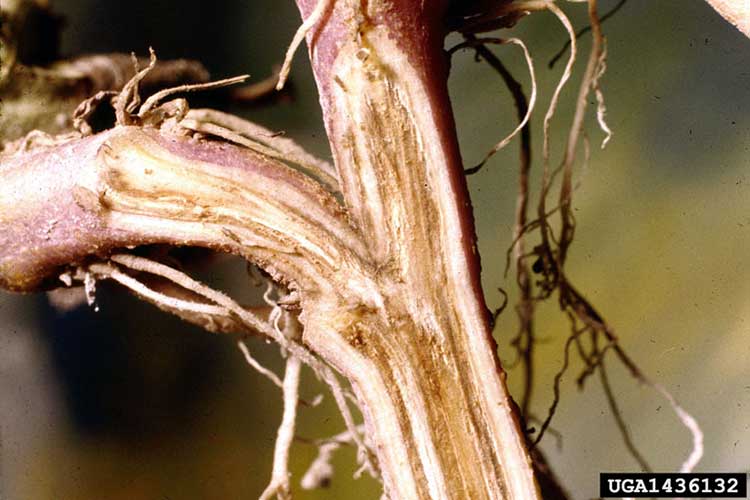
Potato bushes suffering from fusarium can be detected already in the second half of summer – they lag behind in development, wither and can wither after heavy rain following a period of drought (the mycelium of the fungus, along with moisture, rises along the stem to the leaves and clogs the vessels).
Ideally, tubers from stunted plants should not be brought into storage at all – quarantine outside its walls. Signs of infection appear after 2-3 months, dull, grayish-brown spots appear on diseased tubers, slightly depressed inward. The skin around the spot is usually wrinkled.
Fusarium potato: preventive measures
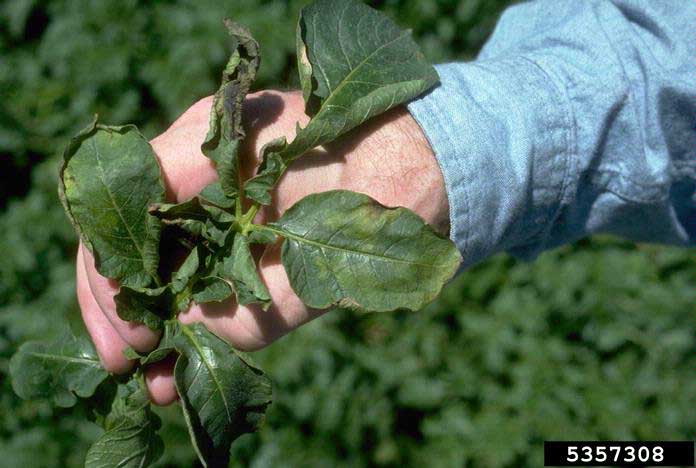
The best prevention of potato fusarium is the cultivation of varieties that are resistant to fungal diseases, coupled with the correct agricultural technology. Correct agricultural technology means neutralizing acidic soil, feeding with potash fertilizers, minimizing nitrogen fertilizers and treating tubers (before planting) and bushes with specialized fungicides (1% Bordeaux liquid, Kuproksat, etc.) and “add” saprophytic fungi, such as Trichoderm Veride, to Fusarium. Observance of crop rotation also contributes to the “recovery” of the soil from fusarium.
If during the growing season, potato bushes sick with fusarium were noticed, then the best prevention of tubers dug out and laid for long-term storage would be the exclusion of injuries and cuts during the sorting and transportation process – you should not throw tubers unnecessarily, and cut tubers should be immediately selected, not laying in storage. In addition, it is recommended to keep the tubers in a warm, dry place for 2-3 weeks, as a quarantine, followed by inspection.
For the prevention of planting diseased tubers in the spring, it is recommended to germinate seed potatoes and carefully examine the planting material before planting.
How to deal with potato fusarium
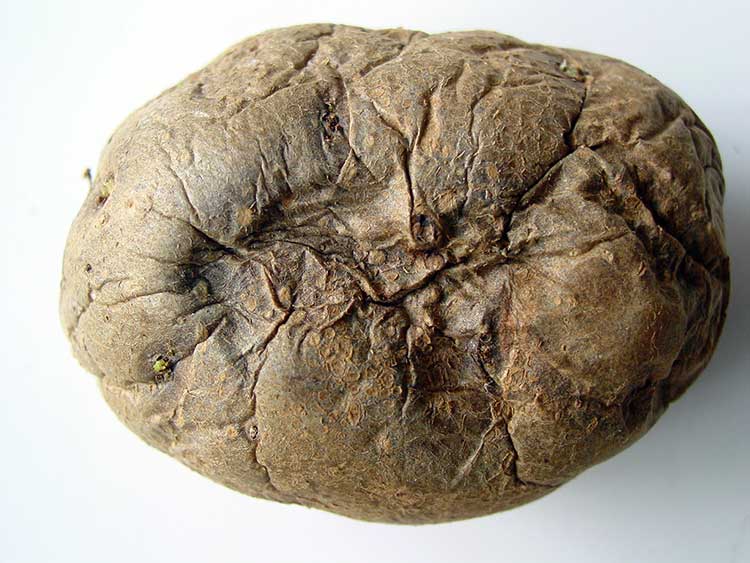
It is only necessary to deal with fusariz with complex measures. It is necessary to start by suppressing fungal diseases and pests that weaken the aerial part of plants – stems and leaves. In addition, during the fight against scab, phomosis and late blight, the excessive activity of Fusarium is suppressed – modern antifungal drugs do not allow you to raise your head.
Along the way, it is necessary to destroy pests: the Colorado potato beetle, wireworm, scoop, etc. Pests, gnawing tissues, force plants to spend energy on healing wounds. We must remember that a tuber affected by a scoop or wireworm is extremely vulnerable to Fusarium.
The process of combating fusarium potatoes before laying and during storage:
- Store only healthy tubers without mechanical damage for long-term storage.
- Try not to damage healthy potato tubers during transportation, inspection and transfer from bag to bag, from box to box, do not spade potatoes, do not pour from a great height, do not walk on tubers, etc.
- Seed potatoes (intended for planting next year) are recommended to be planted, keeping in the light for 2-3 weeks. Green tubers store better and resist fusarium better.
- Dry the tubers before storing.
- Disinfect the basement or cellar before laying potatoes for long-term storage (with a sulfur stick or copper sulfate).
- Maintain storage temperature between + 1-3 ° C and 85-90% relative humidity.
- Inspect and touch suspicious tubers at least once a month. Remove diseased tubers from storage in a timely manner.
I wish you a speedy victory over Fusariz!
